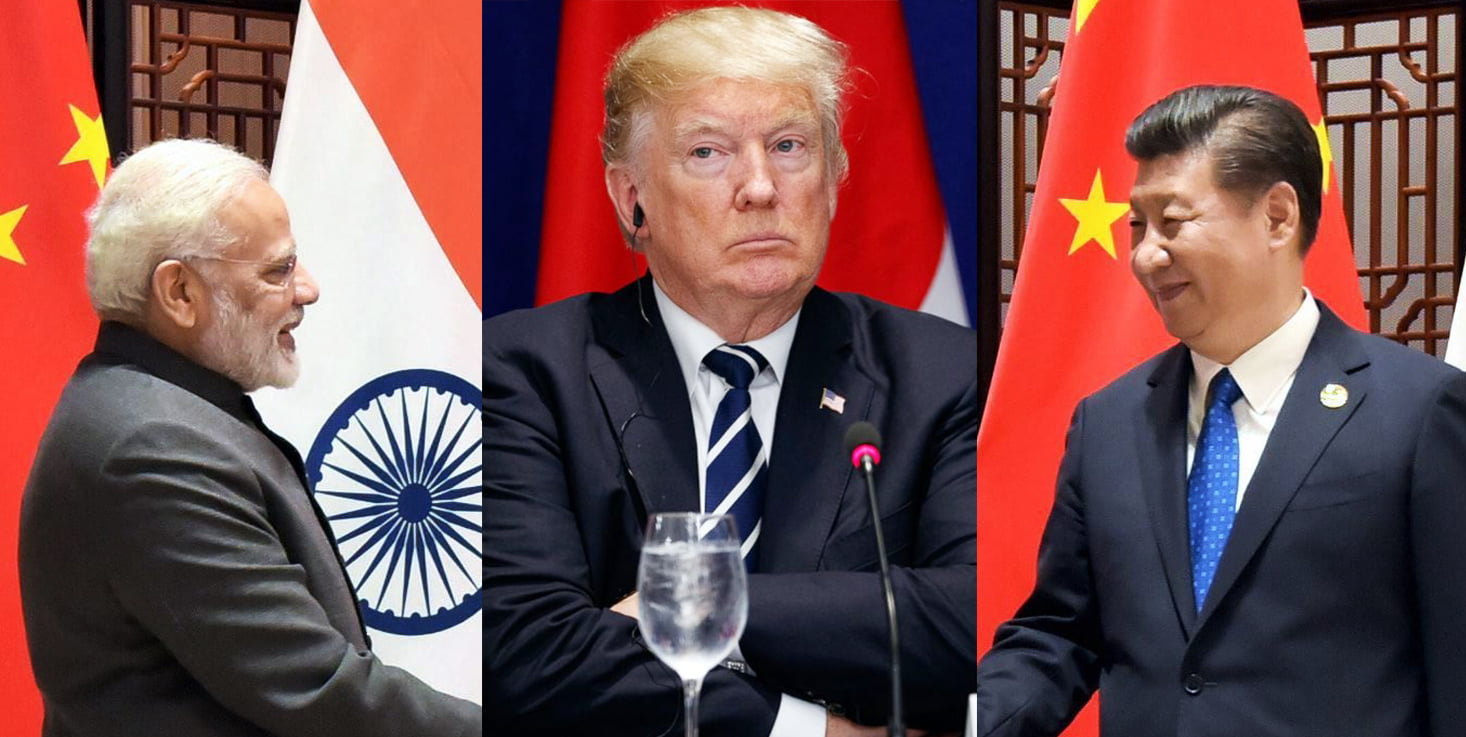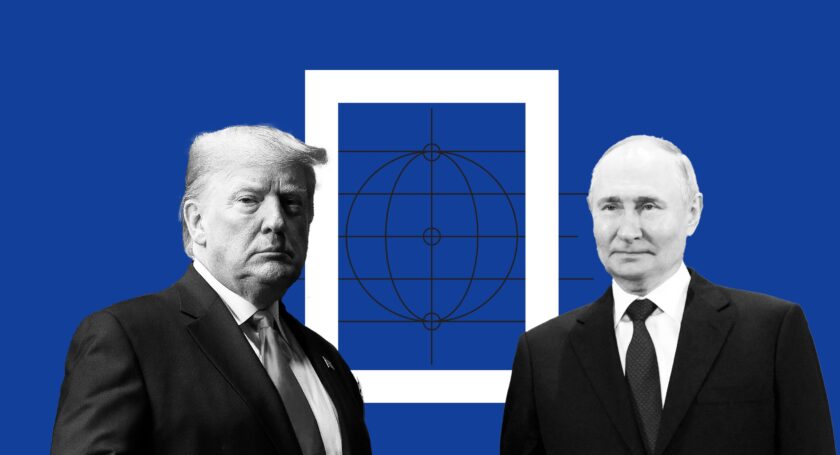Washington, D.C.: A recent U.S. intelligence report has once again raised alarms over China’s expansionist policy and the growing strategic threat it poses to India. According to the report, Indian Prime Minister Narendra Modi’s defence strategy is likely to remain focused on strengthening global leadership, countering China, and enhancing India’s military capabilities. While India sees China as its primary strategic rival, it views Pakistan as a limited security concern that can be contained.
China’s Overseas Military Bases Worry India
The report highlights China’s plans to establish overseas military bases for the People’s Liberation Army (PLA) in countries like Myanmar, Pakistan, and Sri Lanka—nations with close proximity to India’s land and maritime borders. This move is being seen as part of China’s broader “String of Pearls” strategy aimed at expanding its influence in the Indian Ocean Region (IOR).
Such a development, the report warns, could significantly undermine India’s strategic security, as it reflects China’s intention to build a robust global military footprint.
India Prioritises Indo-Pacific Defence Partnerships
Despite ongoing skirmishes with Pakistan, including cross-border firing and attacks in mid-May 2024, India continues to regard China as the more serious long-term threat.
In response, India is prioritising bilateral defence partnerships across the Indo-Pacific, focusing on joint military exercises, arms sales, intelligence sharing, and training programmes. The country is also increasing its engagement in multilateral forums like the Quad, BRICS, Shanghai Cooperation Organisation (SCO), and ASEAN to counterbalance Chinese influence and enhance its global standing.
Tensions with China Ease, But Border Dispute Lingers
The report notes a slight de-escalation in tensions with China following an agreement in late October 2024 to withdraw troops from two disputed zones along the Line of Actual Control (LAC) in Eastern Ladakh. However, the underlying border dispute remains unresolved—a conflict that turned deadly during the 2020 Galwan Valley clash.
India’s Missile Strikes Inside Pakistan Post-Terror Attack
In a dramatic turn of events in April 2024, India launched missile strikes against terror infrastructure within Pakistan following a major terrorist attack in Jammu and Kashmir. This led to multiple rounds of escalation—including the use of drones, loitering munitions, and heavy cross-border shelling—between May 7 and May 10. A ceasefire was eventually brokered by May 10.
The report notes that Pakistan is aggressively modernising its nuclear arsenal and continues to view India as an existential threat. With significant reliance on Chinese military and economic aid, Islamabad is not only strengthening its defence capabilities but also expanding its nuclear programme.

Experts warn that the China-Pakistan axis presents a dual-front challenge for India, with Beijing applying pressure along the LAC and Islamabad escalating tensions along the western front.
Pakistan Army to Focus on Border Tensions, Kashmir Narrative
The U.S. report predicts that cross-border engagements with neighbours, especially India, will remain a top priority for Pakistan’s military in the coming year. Heightened tensions along the Line of Control (LoC), terrorist activity, and aggressive posturing over Kashmir are expected to persist as part of Islamabad’s security doctrine.
India, on multiple occasions, has raised its concerns at global forums regarding Pakistan-sponsored terrorism and ceasefire violations along the LoC.
Strategic Ties with Russia Remain, But Dependency Declining
Despite a scaled-down procurement of new military equipment from Russia, India is expected to maintain strategic relations with Moscow due to its significance in defence and economic cooperation. The report underscores that India continues to rely on Russian spare parts to maintain its large inventory of Russian-origin tanks and fighter aircraft. This relationship is also viewed as a counterweight to the increasing closeness between Russia and China.
‘Made in India’ Push Continues Amid Military Modernisation
India’s military modernisation continues under the ‘Made in India’ initiative, aimed at bolstering the domestic defence manufacturing sector and reducing dependency on foreign supply chains. In 2024, India conducted successful tests of the Agni-I Prime medium-range ballistic missile (MRBM) and the Agni-V equipped with Multiple Independently Targetable Reentry Vehicles (MIRVs).
Additionally, the Indian Navy inducted its second nuclear-powered submarine, reinforcing the nation’s nuclear triad and enhancing its strategic deterrence capabilities.
The U.S. intelligence assessment paints a complex regional security picture, with India facing mounting strategic challenges from China’s global ambitions and Pakistan’s evolving military posture. As New Delhi enhances its defence partnerships, accelerates indigenisation, and modernises its military arsenal, the path forward will be shaped by its ability to navigate both diplomatic engagement and deterrence-driven defence policies.






